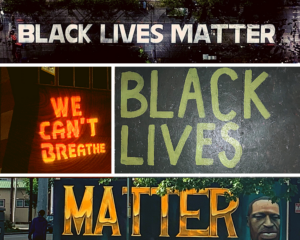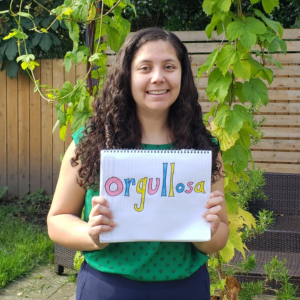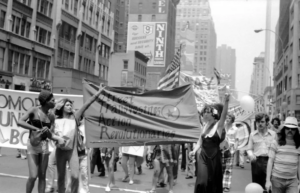Anchor Communities are entering the second stage in the work to end youth and young adult homelessness: Reducing homelessness. Two communities, Pierce and Walla Walla, have achieved quality, real-time data, and Yakima and Spokane aren’t far behind. This incredible milestone also contributes to the advancement of our racial and LGBTQ+ equity plan.
With quality data, communities get a clear picture of the disparities that young Queer, Trans, Black, Indigenous People of Color (QTBIPOC) experience. Some examples of the disparities that exist in homelessness systems are: Young QTBIPOC returning to homelessness at greater rates, being placed in permanent housing at lower rates, and spending longer times experiencing homelessness than their white, straight, cisgender peers. Our definition of ending homelessness, functional zero, requires an end to all these disparities.
Moving into the reducing phase means that communities will plan and implement improvement projects meant to decrease the number of young people experiencing homelessness and leverage their data to evaluate whether these projects are making an impact. This positions the Anchor Community Initiative at the right moment to set goals aimed directly at reducing disparities for QTBIPOC. That’s why we set a goal directly aimed at this issue during our latest bi-annual strategy session: House more QTBIPOC.
To accomplish this goal, we will coach our Anchor Communities in the following areas:
- Analysis: Quality data has the power to shine a light on disparities. We will help communities leverage their By-Name List data and insights provided by youth and young adults to identify root causes of disproportionality in their systems.
- Action: Equipped with insights, Anchor Community teams have all the tools they need to work on improvement projects that address the root causes of disproportionality and move towards equitable outcomes for QTBIPOC.
- Skill-building: To take action, team members will need to gain knowledge about racial and LGBTQ+ justice and confidence in facilitating conversations about equity work. We’ve added a Training Manager to our team to support these needs.
Concentrating our efforts on housing QTBIPOC will ultimately prepare communities to house all young people. When we focus on supporting the populations who face the most barriers to permanent housing, we end up creating a system that works better for everyone. It’s a strategy that follows john a. powell’s concept of targeted universalism.
The best moment to take action on disproportionality by housing more QTBIPOC is right now. We’ve seen the global COVID-19 pandemic only amplify existing inequities across almost every facet of our society, and especially for young people experiencing homelessness. Centering anti-racism in our strategy, data analysis and improvement projects is urgent and our Anchor Communities are rising to the occasion.






